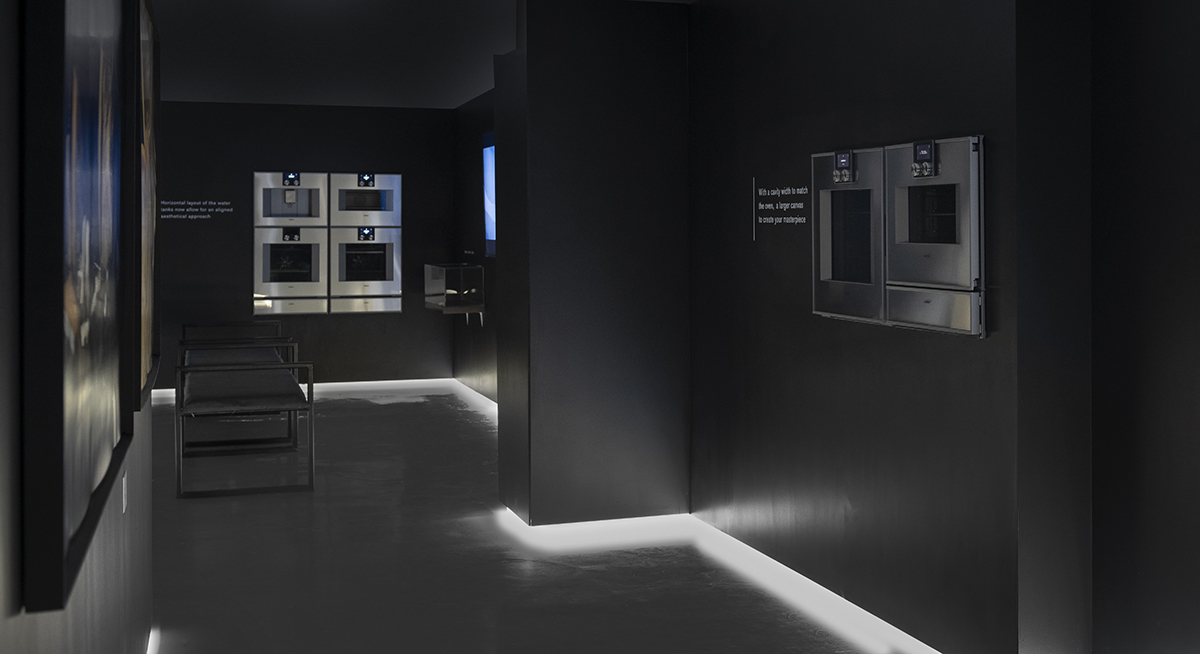
Gaggenau’s new combi-steam ovens 400 and 200 series
Last week, LUX attended the launch of Gaggenau’s new combi-steam ovens, presented alongside underwater artworks by artist Jason deCaires Taylor and food prepared by executive chef Phil Fanning
Steaming food might be the latest trend in healthy eating, but it’s also a way of enhancing the natural flavours of ingredients. With an increased capacity of 50 litres, Gaggenau’s new combi-steam ovens offer chefs – both budding and professional – the opportunity to get creative with their steaming.
Follow LUX on Instagram: luxthemagazine
At the brand’s launch event in Fitzrovia, London, executive chef and owner of restaurant Paris House Phil Fanning showed guests the kind of results that a Gaggenau combi-steam oven can achieve with not just vegetables, but also meats, baked goods or pastry.
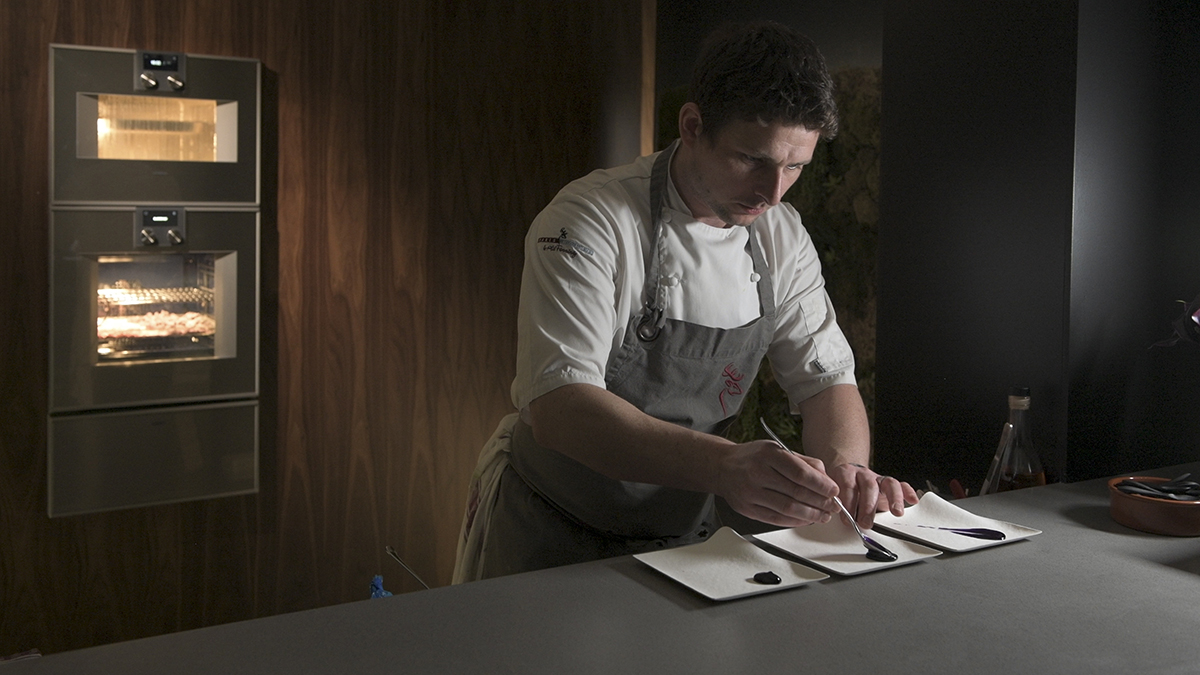
Chef Phil Fanning preparing dessert using a Gaggenau combi-steam oven
Gaggenau’s ovens work by combining hot air with varying percentages of humidity (ranging from 100 to 0%), whilst an in-built probe monitors the temperature and continually revises the estimated cooking time to ensure best results and the preservation of nutrients.
Read more: Chef Alain Ducasse on the importance of telling your own story
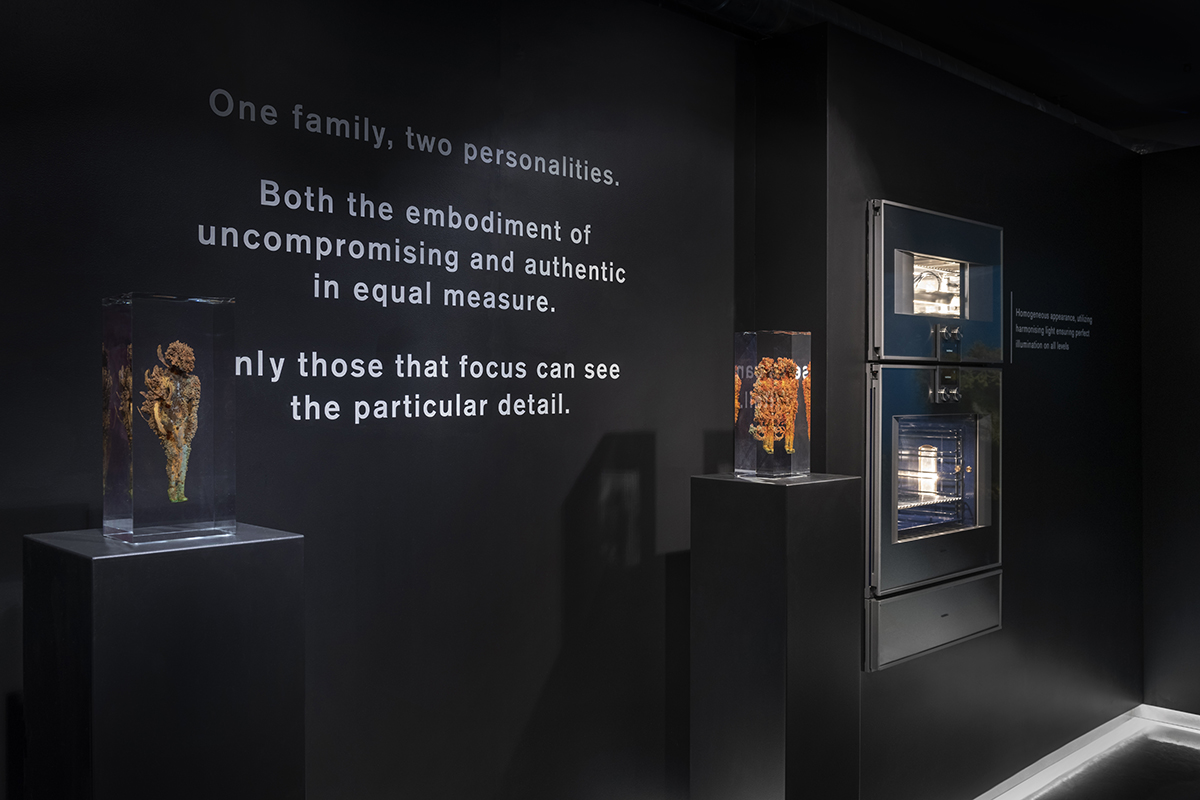
Gaggenau’s new ovens shown alongside artworks by Jason deCaires Taylor
Strikingly sleek and minimalist in design, the ovens were presented alongside a series of intriguing glass-encased underwater sculptures by British artist Jason deCaires Taylor. Made from pH-neutral cement, deCaires Taylor’s sculptures are ordinarily encountered on the seabeds where they transform into coral reefs as they are consumed and naturally transformed by aquatic microorganisms. Viewed in this new setting, the artworks appeared even more otherworldly, whilst also inviting guests to reflect on the poeticism of the steaming process.
For more information visit: gaggenau.com/gb/

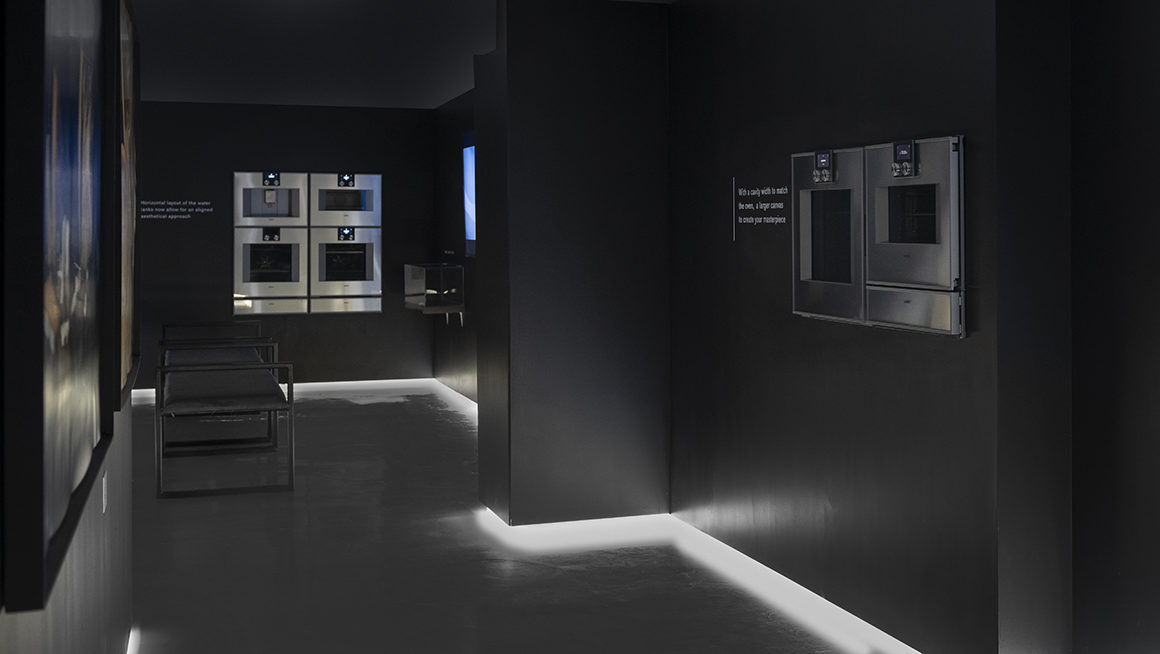
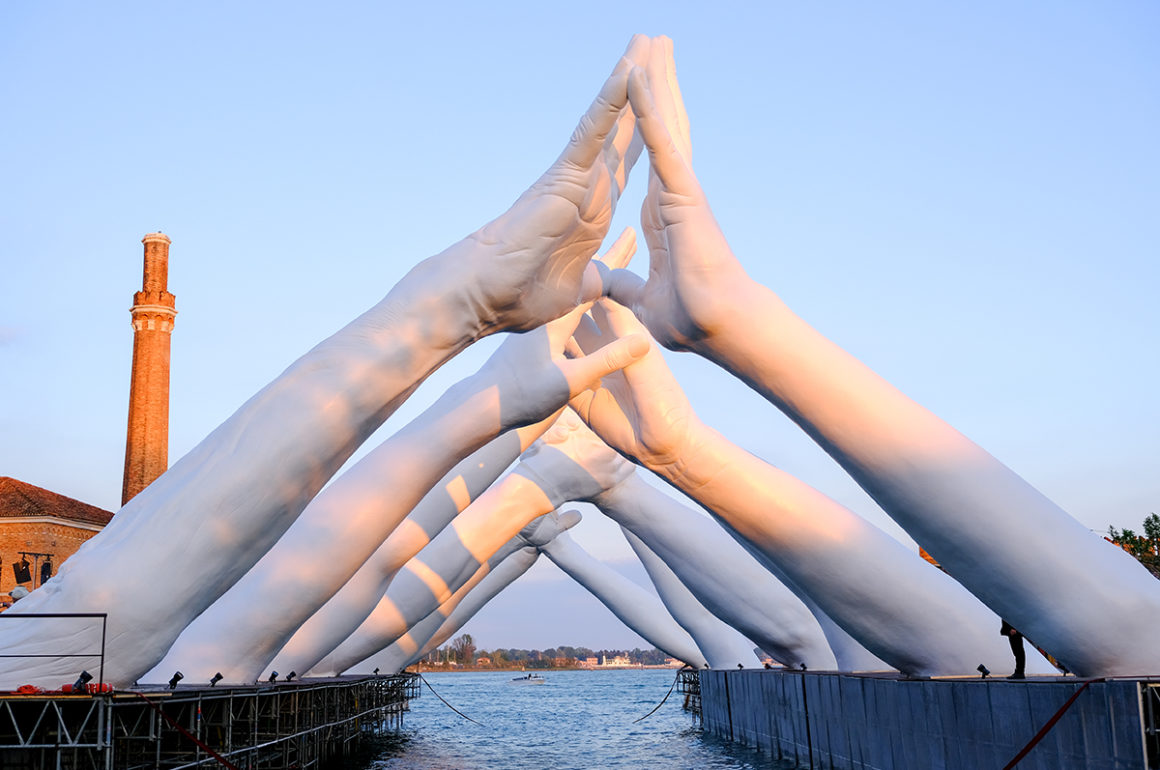
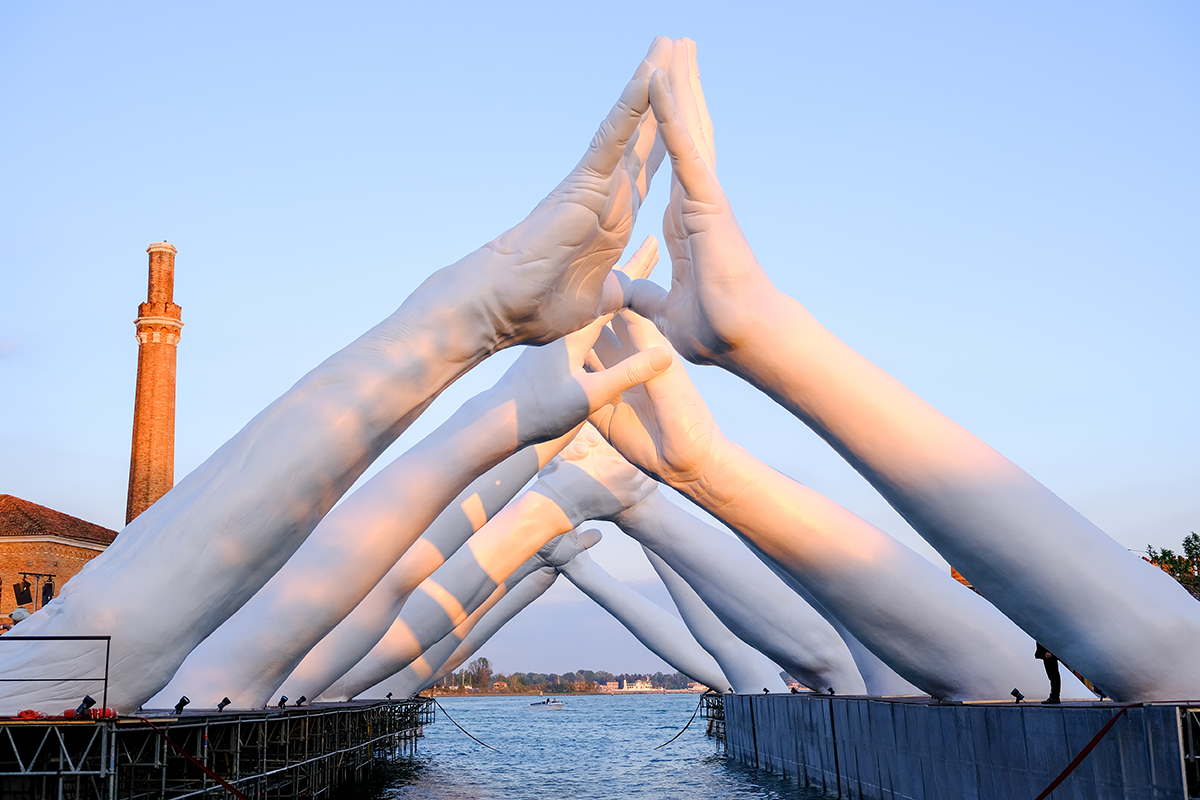
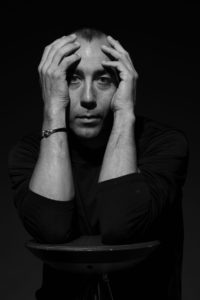
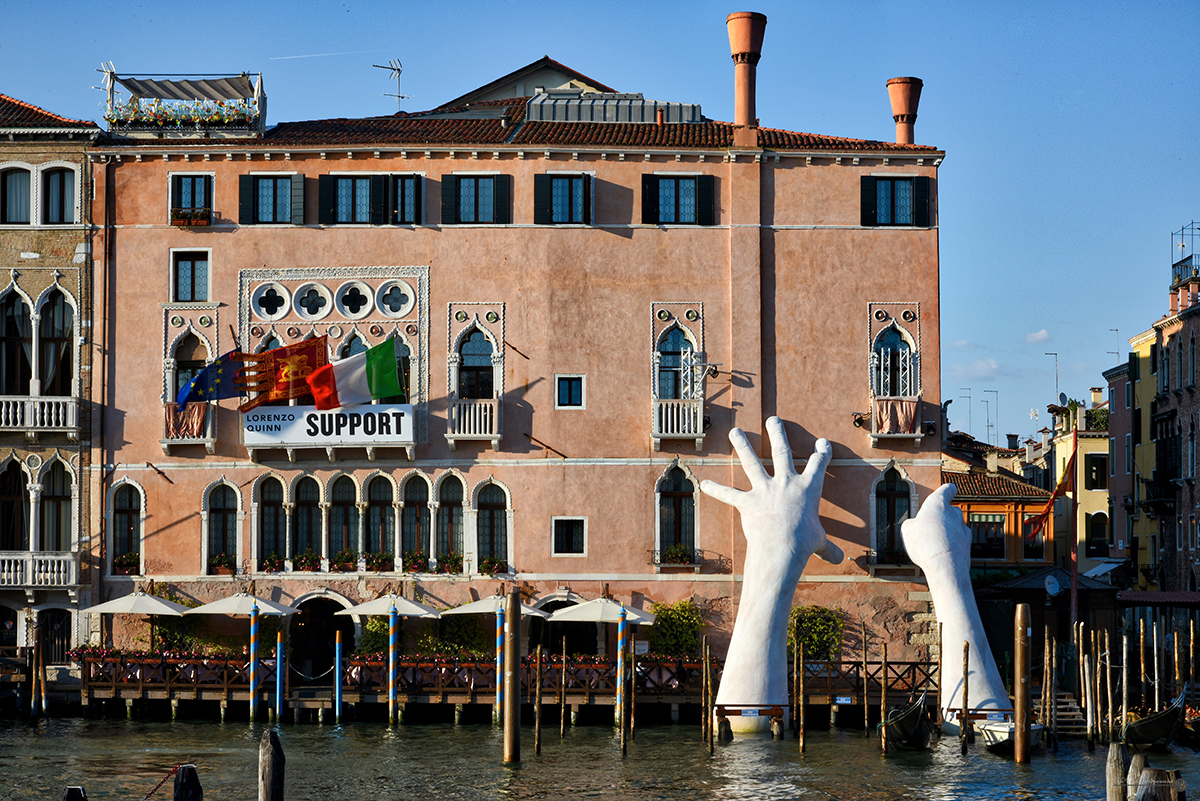
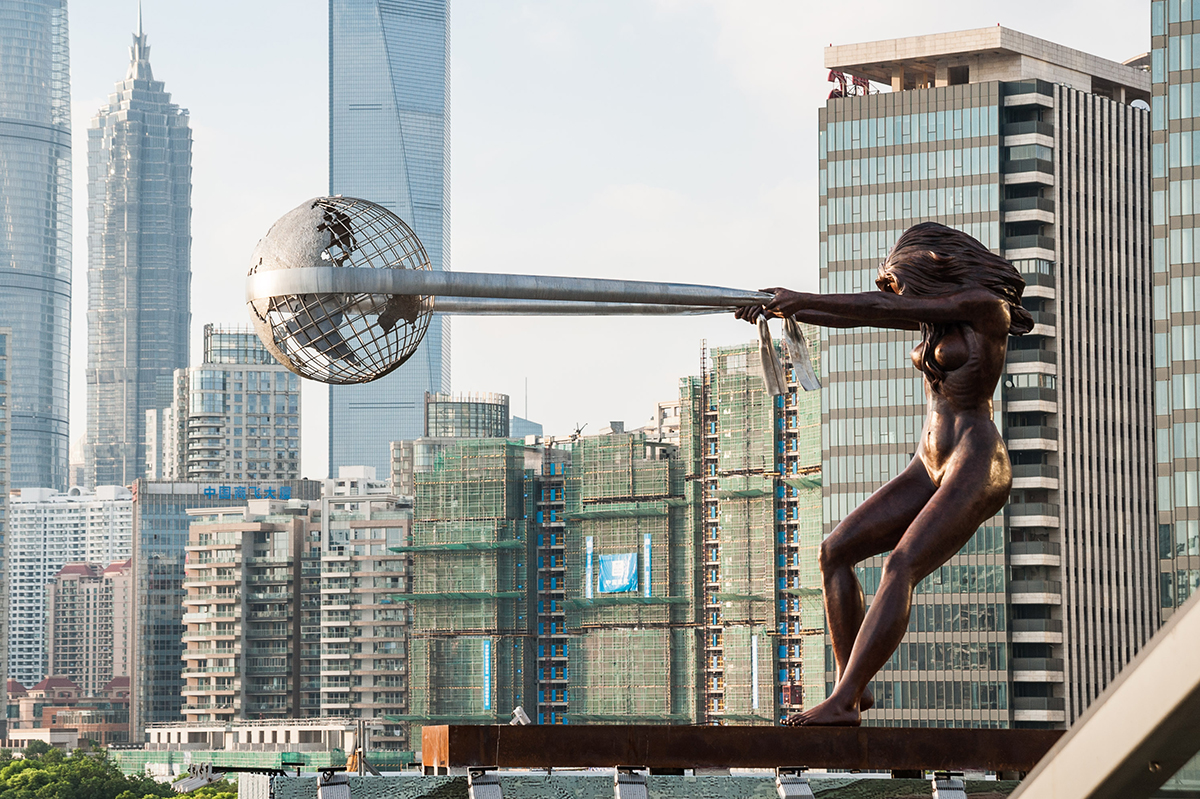





Recent Comments